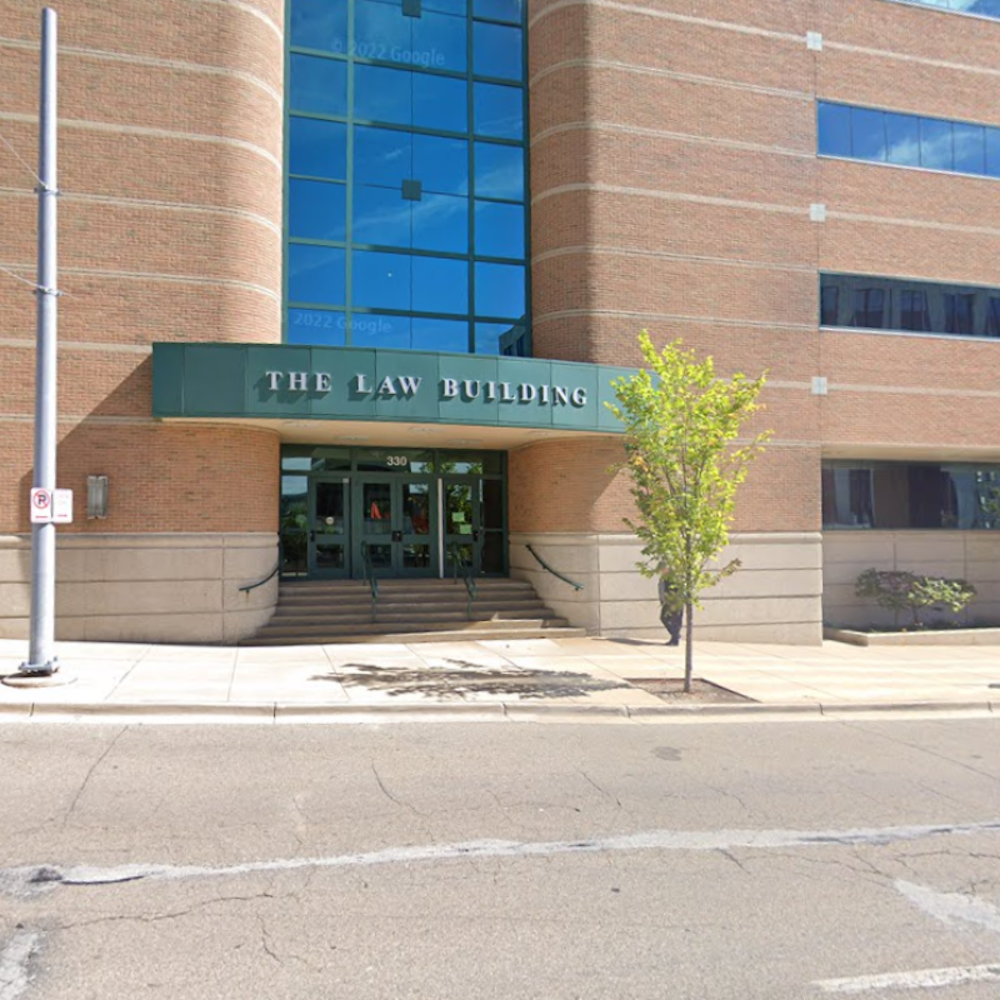
In response to an alarming increase in West Nile virus infected mosquitoes and birds around Livermore, local authorities are taking swift action in an attempt to halt the further spread of the virus. The Alameda County Mosquito Abatement District (ACMAD) scheduled adult mosquito control treatments for areas around Jack Williams Park, Max Baer Park neighborhood, and an undeveloped section of 580 today, as reported by a Facebook post from the District.
The treatments include applying Evergreen ULV (5-25) Ground Public Health Insecticide during late evening hours by a truck-mounted ultra-low volume sprayer in Jack Williams Park and the Max Baer Park neighborhood. An additional treatment, covering an area close to the 580 freeway, will be conducted using a hand-held device, according to Alameda County Mosquito Abatement District. Residents affected by the treatments are encouraged to stay indoors during the spraying hours, as the insecticide begins to break down in sunlight.
Livermore has recently experienced a surge in West Nile virus positive dead birds and groups of infected mosquitoes within the treatment areas. ACMAD General Manager Ryan Clausnitzer asserts that public participation in reporting dead birds and mosquito concerns has been essential in identifying pockets of West Nile virus in the area. While adult mosquito control treatments can help reduce mosquito numbers quickly, community involvement in eliminating breeding grounds remains crucial.
Statistically, as of September 15, California recorded 567 dead birds, 3,732 mosquito samples, 147 sentinel chickens, and 124 humans testing positive for West Nile virus. Tragically, six people in the state have died from the virus this year. The heavy rainfall during the winter, spring, and summer has created an ideal environment for mosquitoes to breed.
West Nile virus is transmitted to humans and animals through the bite of an infected mosquito, with no known cure. Approximately one in five people infected with the virus will develop symptoms, while a smaller percentage face severe neurologic illnesses. In particular, older adults and individuals with compromised immune systems bear the greatest risk of serious complications.









